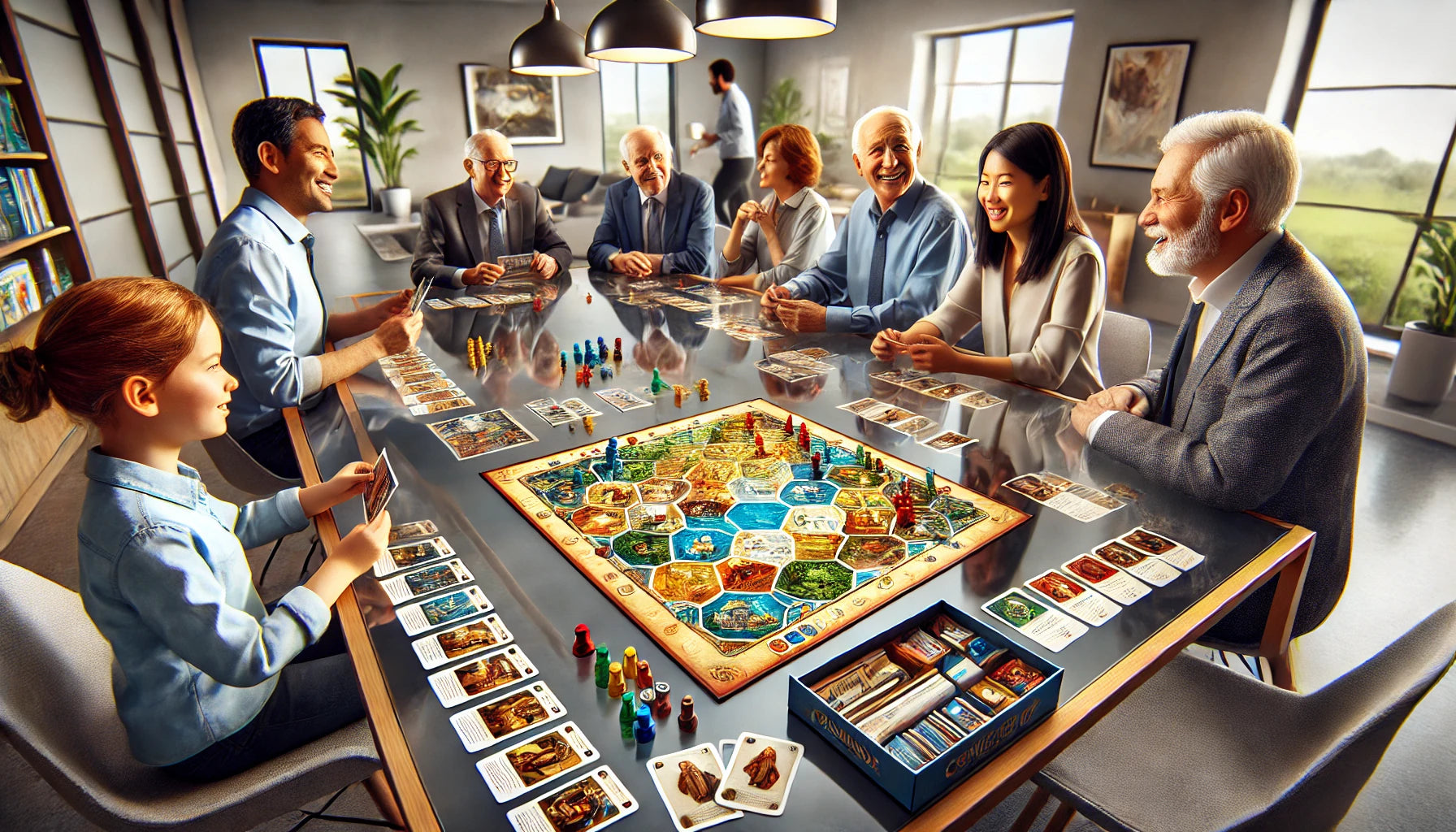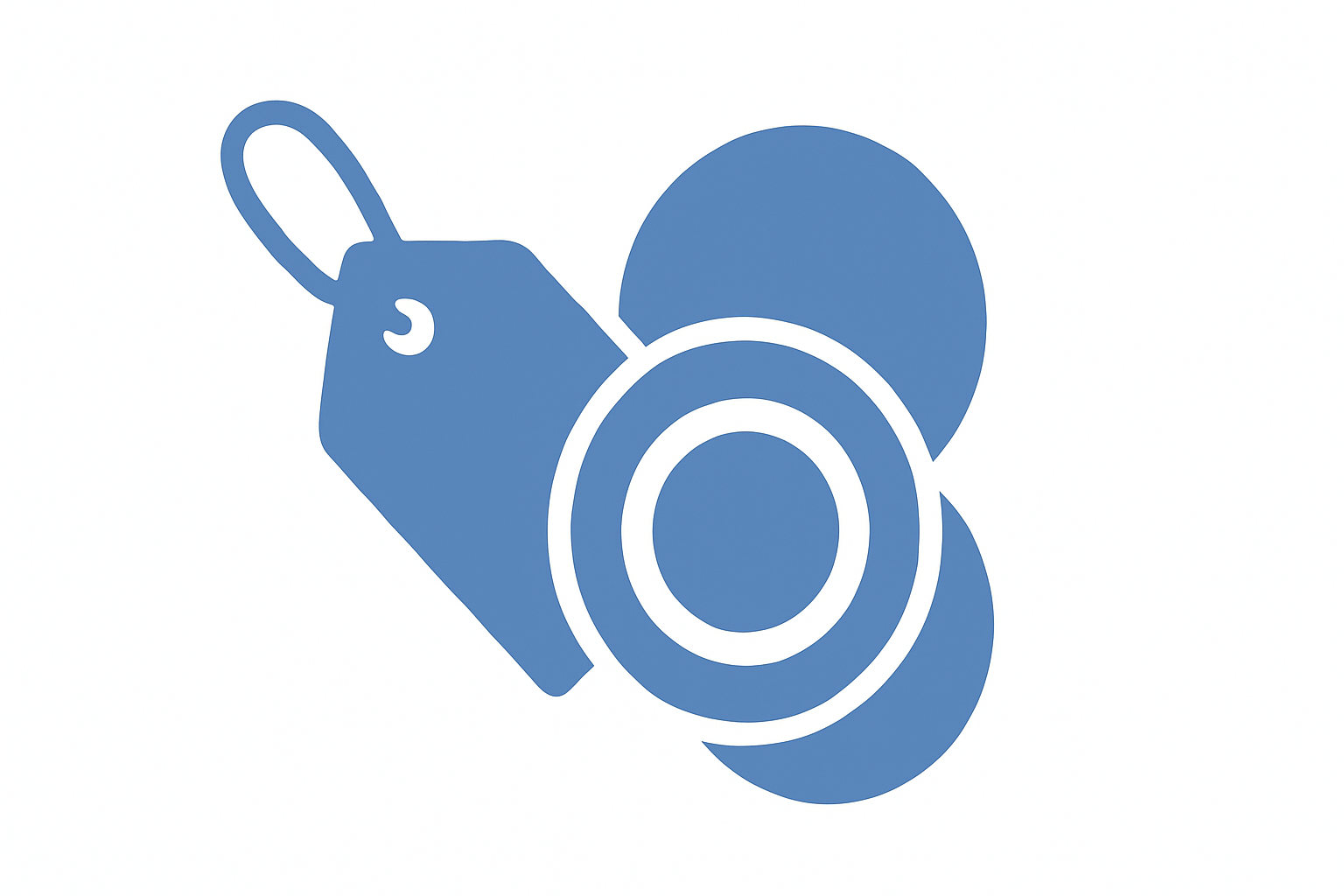Quick Overview
Creating a board or card game is exciting, but without proper protection, your hard work could be at risk. Trademarks safeguard your game's name, logo, and unique branding from imitators. This guide will walk you through why trademarks matter, how to file for one, and tips to keep your intellectual property safe while expanding your game's reach.

Common Questions & Answers
Q1: What can I trademark in a board or card game?
You can trademark your game's name, logo, tagline, and any unique branding elements that distinguish it from competitors. These trademarks protect your identity, not the game mechanics.
Q2: Why do I need a trademark for my game?
A trademark secures your brand, ensuring no one else can sell a game under your name. It establishes credibility, attracts customers, and gives you legal rights to stop infringers.
Q3: Can I trademark a game’s mechanics?
No, game mechanics are not eligible for trademark protection. Instead, they can be safeguarded through copyrights or patents in some cases.
Q4: How much does it cost to trademark a game?
Trademark fees vary depending on your country. In the U.S., fees typically start at $250-$350 per class of goods or services. Working with an attorney may add additional costs.
Q5: How long does trademark protection last?
A registered trademark can last indefinitely as long as it’s renewed periodically and actively used in commerce.

Step-by-Step Guide
-
Research Your Name
Before filing, search for similar trademarks in databases like the USPTO’s TESS tool. This helps ensure your chosen name is unique and avoids legal conflicts. -
Define Your Trademark Class
Board and card games typically fall under Class 28 (toys and sporting goods). If your game has a digital component, you may need additional classes. -
Prepare Your Application
Gather key information: game name, logo, description of its use, and the date you first used it commercially. -
File Your Application
Submit your application through your country’s trademark office. In the U.S., you’ll use the USPTO. Accuracy here is crucial, as mistakes can delay or jeopardize approval. -
Monitor for Infringement
Once registered, actively watch for misuse of your trademark. Tools like Google Alerts and legal services can help spot violations. -
Renew Your Trademark
To maintain protection, trademarks require periodic renewal—typically every 10 years in the U.S.
Ready to dive deeper? Schedule a consultation with Devin Miller for personalized legal advice on protecting your game’s brand!
Historical Context
Trademarking in the gaming world gained traction as the board and card game industry exploded in the mid-20th century. Iconic names like Monopoly, Scrabble, and Uno became trademarks to protect their widespread recognition. In today’s crowded market, where thousands of games launch yearly, securing your unique identity through trademarks is more critical than ever.

Business Competition Examples
-
Hasbro's Monopoly
A registered trademark protects Monopoly’s name, iconic design, and logo. Hasbro has successfully stopped imitators from using similar branding. -
Exploding Kittens
This card game became a trademark success story, leveraging its quirky name and illustrations to dominate the market and prevent knockoffs. -
Catan
Known initially as The Settlers of Catan, the trademark protects its name and branding, even as the game expanded to spinoffs and digital versions.

Discussion
Trademarks are often seen as a luxury for established companies, but for board and card game creators, they are a necessity. The gaming industry is growing exponentially, with over 4,000 new titles released annually. This surge has led to increased competition and, unfortunately, imitation. Whether you're an independent designer or part of a larger team, securing your game’s branding with a trademark helps you stand out and prevents others from riding on your success.
The role of trademarks in branding goes beyond simple protection. They convey a sense of professionalism and trustworthiness to consumers, especially in the age of crowdfunding platforms like Kickstarter, where a strong brand can mean the difference between a successful campaign and a flop. Imagine a backer discovering your game, only to find a cheaper knockoff with a similar name available elsewhere. A trademark allows you to take legal action against such impostors, preserving your brand’s reputation and revenue.
However, the journey to trademark registration is not without challenges. The first hurdle is selecting a trademarkable name. Generic or descriptive names like "Fun Card Game" are unlikely to qualify for protection, as they don't sufficiently distinguish your product. Opt for creative, unique names that evoke the spirit of your game while being easy to remember. Once you’ve chosen a name, a thorough search of existing trademarks is essential. A failure to do so could lead to conflicts with existing marks, resulting in costly rebranding efforts or legal disputes.
Even after registration, the work doesn’t stop. Monitoring your trademark for unauthorized use is an ongoing responsibility. Tools like online search engines and trademark watch services can help identify potential infringements, but you must be prepared to act swiftly. Sending cease-and-desist letters or initiating legal action might sound intimidating, but protecting your intellectual property ensures your game’s longevity in the market.
For creators looking to expand their game into other formats—such as digital apps, spinoffs, or merchandise—trademarks are even more valuable. They provide a foundation for licensing agreements, allowing you to monetize your brand while retaining control. This is particularly important if your game develops a passionate fanbase or becomes part of pop culture. Trademarks also make your intellectual property more attractive to potential investors or buyers, as they see a secure brand as a sign of professionalism and marketability.
On the other hand, failing to secure a trademark can leave your brand vulnerable. Once your game gains popularity, others may rush to copy your name or logo, diluting your brand’s value. Worse, if someone else trademarks a name similar to yours first, they could legally block you from using it—even if you created the game first. This scenario has caused numerous small creators to lose access to their hard-earned reputations and even face costly legal battles to reclaim their rights.
Ultimately, trademarks are more than a legal formality; they’re a strategic tool. By investing in a trademark early in your game’s lifecycle, you lay the groundwork for sustainable growth, greater market reach, and long-term success. If you’re uncertain about the process, working with an intellectual property attorney can help you navigate the complexities and ensure your brand is fully protected. As your game thrives, a trademark ensures that the legacy you’ve built remains entirely yours.

The Debate
Pro-Trademark
Trademarks protect your hard-earned brand identity, helping you avoid costly disputes and giving you a competitive edge in a crowded market.
Anti-Trademark
Filing for a trademark can be expensive and time-consuming, and it doesn’t protect game mechanics, leaving gaps in your overall IP protection.

Takeaways
- Trademarks protect your game's name, logo, and brand from copycats.
- A strong brand identity can lead to growth through licensing and franchising.
- Trademark filings require careful research and preparation to avoid conflicts.
- Trademarks last indefinitely with proper renewal and maintenance.
- Consult professionals to navigate complex trademark laws and processes.

Potential Business Hazards
-
Failure to Research Conflicts
Skipping a thorough name search could lead to costly disputes or rejected applications. -
Lack of Ongoing Monitoring
Without vigilance, imitators can infringe on your trademark, diluting your brand. -
Inaccurate Filings
Errors in your application can result in rejection or legal vulnerabilities. -
Neglecting Renewals
Expired trademarks leave your game unprotected and vulnerable to misuse.

Myths and Misconceptions
-
“Trademarks protect game mechanics.”
False! Only branding elements, like names or logos, can be trademarked. Mechanics require other forms of IP protection. -
“Once trademarked, my game is fully protected.”
Not entirely—trademarks only cover branding. You’ll need to enforce your rights actively. -
“I can’t afford a trademark.”
Trademarking is an investment, not just a cost. With long-term use, it protects your game’s profitability.

Book & Podcast Recommendations
-
"Build a Better Business with Trademarks" by Lara Pearson
A straightforward guide to understanding trademarks and their importance for businesses, including game creators. -
"The Game Inventor's Guidebook" by Brian Tinsman
Offers advice on protecting and marketing board and card games, including IP insights. -
Podcast: IP Fridays
A podcast discussing trademarks, copyrights, and patents, with episodes focused on creative industries like gaming. -
Podcast: Game Design Round Table
Features episodes on game branding and intellectual property protection for creators.

Legal Cases
-
Monopoly vs. Anti-Monopoly
Hasbro sued a competitor over a similar game name. The case highlighted the strength of trademarks in the gaming industry. -
Candy Crush Trademark Dispute
King sought to trademark “Candy,” sparking controversy over the limits of trademarking generic terms. -
Dungeons & Dragons Trademark Expansions
Wizards of the Coast trademarked elements of D&D branding, protecting their expansion into movies and merchandise.

Share Your Expertise
Looking to protect your game’s unique brand? Explore more tips and resources for game creators at Miller IP’s website.
Wrap Up
Trademarks are a critical tool in safeguarding your board or card game’s identity. With a strategic approach to protecting your brand, you can confidently share your game with the world, knowing your creativity is secure.













